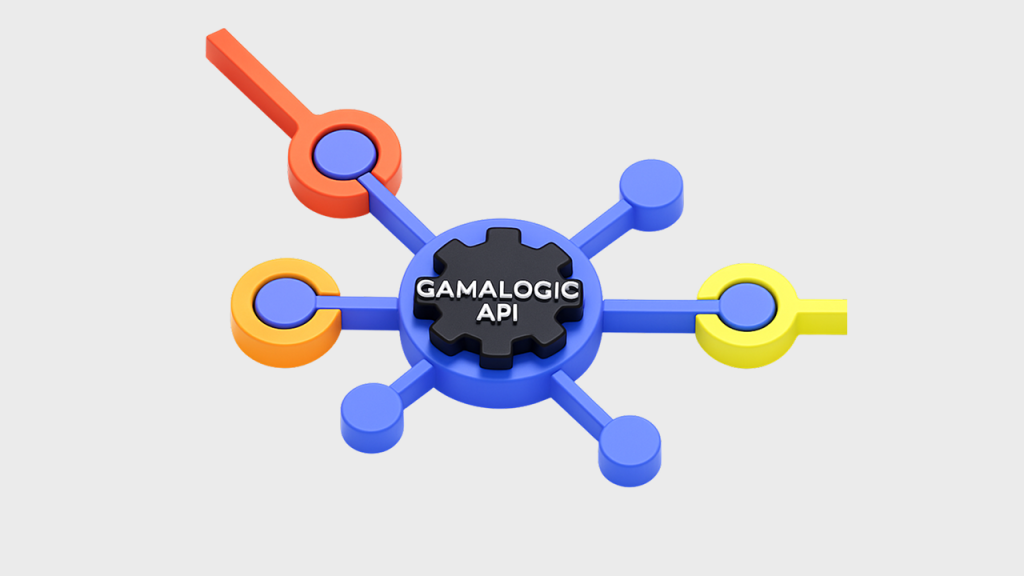
Have you ever found yourself in a situation where your meticulously crafted emails and newsletters fail to land in the inboxes of your intended recipients? It’s a common frustration. But what if I told you there’s a straightforward solution to this problem? You may want to consider using an email validation API.
Imagine pouring your sweat and soul into crafting those newsletters and campaigns, only to send them to a list riddled with invalid or dormant email addresses. The result? Potential damage to your sender’s reputation can obstruct your emails from reaching the people you truly want to engage with.
This is precisely where email validation steps in, and it’s a game-changer. Email validation is the process of meticulously verifying the accuracy and authenticity of the email addresses in your mailing list.
Bounce rate, the percentage of emails that couldn’t be delivered to recipients’ inboxes, is a metric that marketers watch closely. High bounce rates can adversely affect your campaigns by flagging your emails as spam and reducing the overall deliverability rate. An Email Validation API tool can drastically reduce bounce rates by removing invalid addresses, ensuring your messages lad right where they should.
The Role of Email Validation in Your Marketing Strategy
When you integrate an Email address Validation API into your workflow, you’re essentially enhancing your email list’s health. A clean email list translates to higher deliverability rates, as your emails are less likely to trigger spam filters. This means your well-crafted content stands a better chance of reaching the recipients’ primary inbox – the golden spot for visibility.
An Email Validation API helps you segment your list accurately, enabling you to send content that resonates with each subgroup, leading to improved engagement and conversions.
Integrating an Email Verification API might sound complex, but top providers ensure a user-friendly experience. Most APIs offer simple plugins for popular email marketing platforms, making the integration process smooth and hassle-free for your marketing team.
Seizing the Moment: Real-time Validation in Action
In the fast-paced world of marketing, timing is everything. With real-time email validation, you can validate email addresses at the point of entry – think sign-up forms and lead generation pages. This means your marketing team can engage with new leads confidently and without delay.
Imagine this scenario: a potential customer stumbles upon your website, enticed by your latest offer. They eagerly fill out a sign-up form to receive updates. In a traditional setup, their email address would be added to your list immediately, regardless of its authenticity. This paves the way for invalid email addresses, typos, or even malicious submissions to enter your database.
Why real-time email validation service
This ingenious process allows your system to verify the accuracy of the provided email address the moment it’s typed into the form. If the address is incorrect or malformed, the user receives instant feedback, prompting them to make corrections. This ensures that your database is populated only with genuine, valid email addresses, laying a solid foundation for your future campaigns.
Integrating an Email Validation API has transitioned from being a complex endeavor to a streamlined, user-friendly experience. The integration journey is now marked by intuitive designs, plug-and-play plugins, minimal coding, comprehensive guidance, and unwavering support. With these tools at your disposal, your marketing team can focus on what truly matters – creating impactful campaigns that resonate with your audience. So, embrace the future of integration and let the power of Email Validation APIs propel your marketing efforts to new heights.

A common misconception is that email verifier API adds to the costs. However, when you weigh it against the potential losses incurred due to failed campaigns and damaged sender reputation, the investment in an Email Validation API emerges as a cost-effective solution that promises a higher return on investment.
How to choose the right Email Validation API
Not all Email Verification process are created equal. When choosing the right one for your marketing team, keep an eye out for features such as real-time validation, batch processing, integration capabilities, and data security.
Step 1: Assess Your Needs
Like any tool, choosing the right Email Validation API starts with knowing what you need. Are you a small business looking to clean up your email list occasionally, or a large enterprise in need of real-time validation? Understand your volume, frequency, and integration requirements. This will help you narrow down your choices.
Step 2: Accuracy is Key
The whole point of using an Email Validation API is to improve the quality of your email list. Look for an API that boasts high accuracy in its validation process. After all, you wouldn’t want valid emails marked as invalid or vice versa.
Step 3: Speed or Slow and Steady?
Speed matters. If you’re running a real-time campaign, you need an API that can keep up. On the other hand, if you’re looking to validate a large existing list, you might prioritize accuracy over speed. Choose an API that aligns with your timing needs.
Step 4: Seamless Integration
Unless you’re a tech wizard, you’d want an API that’s easy to integrate into your existing systems. The best ones offer simple plugins for popular platforms like Mailchimp or WordPress. This means you don’t need to pull your hair out trying to make it work with what you already have.
Step 5: Data Security Matters
Your email list contains valuable customer data. Choose an Email Validation API that takes data security seriously. Look for APIs that are compliant with data protection regulations and offer encrypted connections.
Step 6: Pricing Transparency
Budget is important. Some Email Validation APIs offer pay-as-you-go pricing, while others have monthly plans. Whatever the case, make sure you’re clear about the costs involved. You wouldn’t want any surprises when the bill comes knocking.
Step 7: Try Before You Buy
Most Email Validation APIs offer free trials. Take advantage of this. Give the API a spin, see how it fits your needs, and assess its user-friendliness.
Why Gamalogic is Your Ideal Choice for Email Validation
Selecting the perfect Email Validation API might seem like a challenging task, but it doesn’t have to be. Keep in mind that it’s all about aligning your requirements, emphasizing accuracy and efficiency, ensuring top-notch security, and maximizing the value you get. With GamaLogic as your Email Validation API partner, your email campaigns will run seamlessly, engagement rates will soar, and your sender reputation will flourish. Sign up now and get ready for hassle-free emailing!
Quick facts:
- Both email newsletters and campaigns provide detailed analytics, allowing marketers to track open rates, click-through rates, conversion rates, and more, helping them refine their strategies.
- The preferred content marketing method for 81% of B2B marketers is email newsletters.
- The email newsletters along with campaigns consistently deliver a high return on investment (ROI), with an average ROI of $36 for every $1 spent, making it one of the most cost-effective marketing channels. (https://www.litmus.com/blog/infographic-the-roi-of-email-marketing)
- The average cost of using an email validation tool is as low as 10$ per month (https://gamalogic.com/#pricing).
- Experts in finding out disposable email address, catch-all domains, role-based emails, typo checks, syntax check, or syntax errors
- Email verification services with Google Sheets integration and email marketing campaign services
- Gamalogic real-time email verification API for a batch email address can handle 100,000 address in one hour to clean list. Single email verification API response in less than a second
- Easy to integrate with signup form and contact forms to avoid bot signup, spam email, and sign up using disposable address.
You might also like

Confirmation Email Mistakes Brands Make (and How to Fix Them)
This blog explores the most common mistakes brands make with confirmation emails and offers practical fixes to turn them into trust-building, engaging customer touchpoints.

Why Cold Email Deliverability 2025 Is Suddenly Crushing Your Outreach
If your cold emails suddenly feel invisible, it’s not your copy - it’s the new 2025 deliverability rules. Inbox providers are enforcing tougher filters than ever, and unvalidated lists are getting punished. Gamalogic ensures your list is clean, compliant, and ready for real inbox placement.

7 Email Drip Campaigns Every Business Should Be Running (But Probably Isn’t)
Email drip campaigns do more than automate messages—they build relationships, drive conversions, and keep your audience engaged. In this guide, we’ll break down seven essential drip campaigns every business should be running to nurture leads, onboard customers, and boost long-term growth.






 No credit card required
No credit card required


Post your Comment.